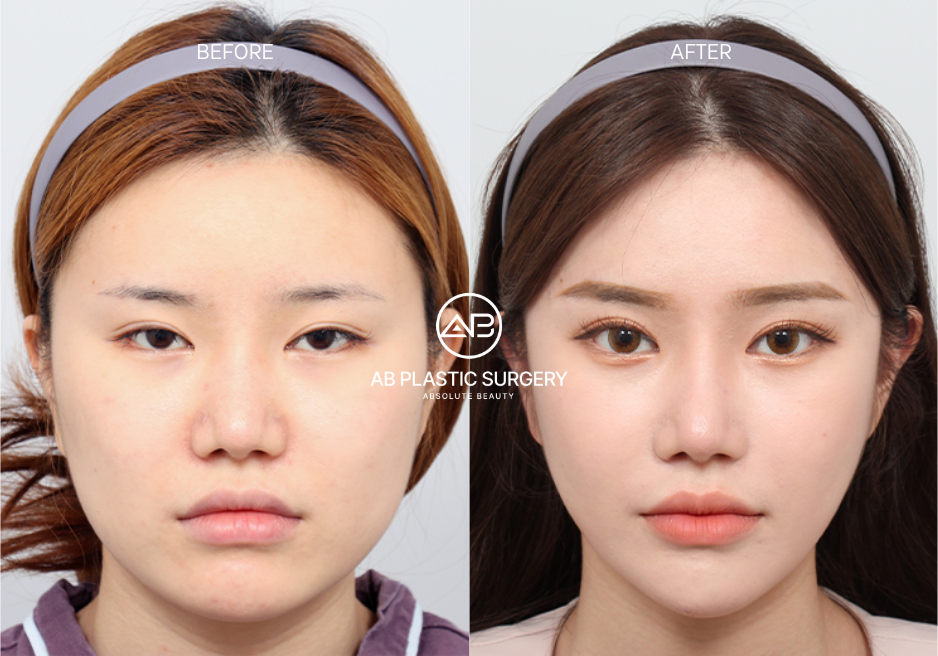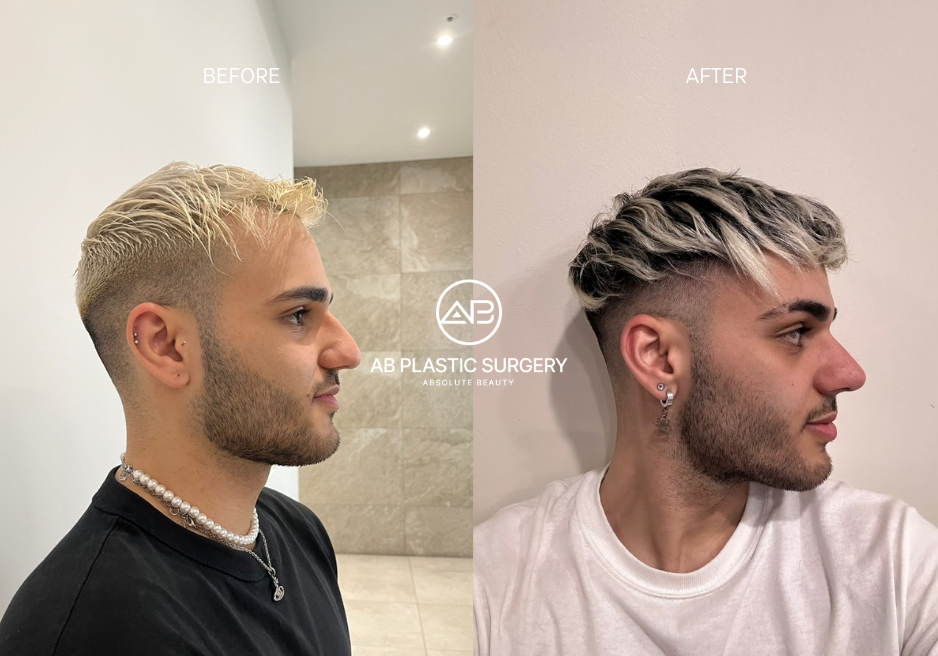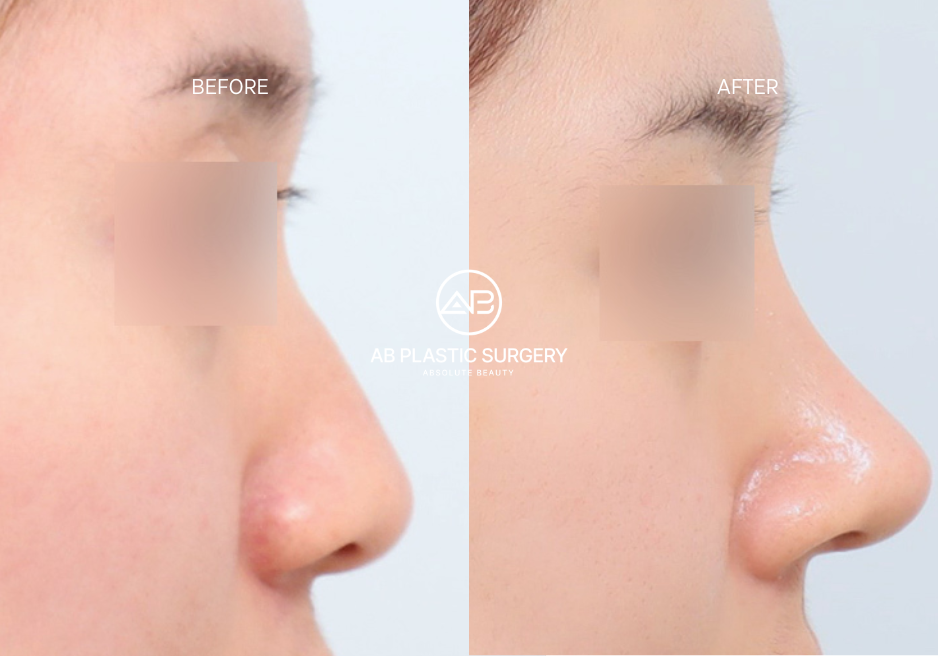When Is the Ideal Time to Get Plastic Surgery in Korea? Seasonal Recovery Guide for International Patients
Table of Contents
1. Why Seasonal Timing Matters More Than You Think
2. The Golden Months: October Through February
3. The Challenging Seasons: June Through August
4. The Transition Seasons: March-May and September
5. Korea-Specific Factors That Influence Timing
6. Maximizing Your Seasonal Advantage
7. The Financial Timing Factor
8. Making Your Decision: A Practical Framework
When planning your plastic surgery in Korea, timing isn't just about booking availability—it's a critical factor that can dramatically impact your recovery experience, results, and overall satisfaction. With around 114,000 foreign patients visiting Korean plastic surgery departments in 2023, understanding the optimal seasonal timing has become essential for medical tourists seeking the best possible outcomes.
Korea's unique climate presents both opportunities and challenges for plastic surgery recovery throughout the year. Let's explore the data-driven insights that can help you choose the perfect time for your transformation journey.

Why Seasonal Timing Matters More Than You Think
Your body's healing process is intricately connected to environmental factors. Temperature, humidity, air quality, and even social dynamics all play crucial roles in determining how smoothly your recovery unfolds. In Korea, where approximately 25% of women aged 19-29 have undergone plastic surgery, seasonal considerations have become a science backed by decades of clinical experience.
The Korean medical tourism industry, valued at approximately $1.9 billion as of 2024, has accumulated extensive data on recovery patterns across different seasons. This wealth of information allows us to make evidence-based recommendations for optimal timing.
The Golden Months: October Through February
Why Winter Wins the Recovery Game
October through February consistently ranks as the optimal window for plastic surgery in Korea. Here's why the data supports this timing:
Temperature Advantages
Korea's winter temperatures (averaging 0-10°C) create an ideal environment for managing post-surgical swelling and inflammation. Cooler months often offer the best conditions as extreme heat can exacerbate swelling and discomfort during recovery. The cool, dry air helps maintain optimal blood circulation without the stress of heat-induced vasodilation.
Reduced UV Exposure
Winter months in Korea feature significantly lower UV indexes, which is crucial for protecting healing skin and preventing hyperpigmentation of scars. Lower UV indexes in autumn and winter reduce the risk of complications that can arise from sun exposure during the sensitive healing phase.
Social Camouflage Benefits
The winter months bring bulkier clothing, a weaker sun and more time indoors which all deliver the perfect recovery situation. This natural lifestyle adjustment aligns perfectly with post-surgical care requirements, allowing you to heal privately without social pressure.
The November-January Sweet Spot (With Important Caveats)
November through January offers optimal medical conditions for recovery, though it's important to note this is actually peak season in Korea. During these months:
-
Humidity levels remain consistently low (40-50%), reducing infection risk
-
Indoor heating systems maintain stable temperatures, crucial for consistent healing
-
Holiday periods provide natural social breaks, allowing extended recovery time
-
However, clinic demand is highest due to Korean high school graduates receiving plastic surgery as graduation gifts, so booking requires advance planning

The Challenging Seasons: June Through August
Why Summer Surgery Requires Extra Caution
Korea's summer presents unique challenges that can complicate plastic surgery recovery:
Humidity Horror
Summer humidity in Korea can exceed 80%, creating a breeding ground for bacteria and increasing infection risks. The combination of heat and moisture can also prolong swelling and make compression garments uncomfortable to wear consistently.
Heat Stress on Healing
Temperatures regularly reaching 30-35°C (86-95°F) can cause excessive sweating, which interferes with proper wound healing and increases the risk of complications. Your body's natural cooling mechanisms can work against the healing process.
Social Exposure Pressure
Summer's social calendar—beach trips, outdoor events, and revealing clothing—can create psychological pressure to heal faster than medically advisable, potentially leading to premature activity and compromised results.
The July Peak Challenge
July represents the most challenging month for plastic surgery recovery in Korea:
-
Average temperatures: 32°C (89°F)
-
Humidity levels: 75-85%
-
Monsoon season complications
The Transition Seasons: March-May and September
Spring Considerations (March-May)
Spring in Korea offers mixed recovery conditions
Advantages:
-
Moderate temperatures (15-25°C)
-
Lower humidity than summer
-
Beautiful weather for gentle outdoor walks during late recovery
Challenges:
-
High pollen counts can trigger allergies, potentially complicating breathing during recovery
-
Unpredictable weather patterns require flexible planning
-
Yellow dust (hwangsa) from China can affect air quality
Early Fall Benefits (September)
September emerges as a transition month with significant potential:
-
Decreasing humidity levels
-
Comfortable temperatures for wearing compression garments
-
Reduced UV intensity compared to summer months
-
Social calendar typically less demanding than summer

Korea-Specific Factors That Influence Timing
The Lunar New Year Advantage
Planning surgery around Korea's Lunar New Year (January-February) offers unique benefits:
-
Many businesses close for extended periods, providing natural recovery time
-
Reduced air pollution from decreased industrial activity
-
Cultural emphasis on rest and family time aligns with recovery needs
-
Clinic staff often provide more personalized attention during slower periods
Monsoon Season Risks (June-August)
Korea's monsoon season presents specific challenges:
-
Increased bacterial growth in humid conditions
-
Potential transportation disruptions for follow-up appointments
-
Mold and mildew concerns in recovery environments
-
Difficulty maintaining proper hygiene standards
Maximizing Your Seasonal Advantage
Pre-Surgery Preparation by Season
Winter Surgery Preparation
-
Invest in quality moisturizers to combat dry indoor air
-
Ensure adequate vitamin D supplementation due to reduced sunlight
-
Plan for potential weather-related travel delays
-
Stock up on comfortable, loose-fitting winter clothing
Off-Season Surgery Strategies: If you must schedule surgery during challenging seasons
-
Extend your recovery timeline by 20-30%
-
Invest in superior air conditioning and humidity control
-
Plan for additional follow-up appointments
-
Consider extended stay accommodations with optimal environmental controls
Recovery Timeline Adjustments
Optimal Season Recovery (October-February)
-
Standard healing timeline applies
-
Typical return to normal activities: 2-3 weeks
-
Full recovery: 6-8 weeks depending on procedure
Challenging Season Recovery (June-August)
-
Extended initial healing phase: +1-2 weeks
-
Delayed return to normal activities: 3-4 weeks
-
Monitoring period extended due to increased complications risk

The Financial Timing Factor
Understanding Korea's plastic surgery pricing cycles can save you significant money:
Peak Winter Season (December-February)
-
Optimal medical conditions but highest prices due to Korean graduation demand
-
Advanced booking essential - limited availability
-
Premium pricing across all services during peak months
-
International patients face significant scheduling and cost challenges
Shoulder Season Opportunities (March-May, September-October)
-
Moderate pricing as local demand decreases
-
Better surgeon availability than winter peak
-
More competitive pricing for international patients
-
Rushed consultation schedules
Making Your Decision: A Practical Framework
When choosing your optimal timing for plastic surgery in Korea, consider these factors in order of importance:
-
Medical Factors: Your specific procedure requirements and healing timeline
-
Climate Tolerance: Your personal comfort with different weather conditions
-
Social Schedule: Your work and personal commitments
-
Financial Considerations: Budget flexibility and cost-saving opportunities
-
Travel Logistics: Visa requirements and international travel considerations
Your Next Steps
The evidence overwhelmingly supports October through February as the optimal window for plastic surgery in Korea. This timing offers the perfect combination of favorable weather conditions, reduced social pressure, and often better pricing.
Ready to plan your transformation journey? AB Plastic Surgery Korea's experienced team can help you navigate the timing considerations specific to your desired procedures. Our comprehensive consultation process takes into account not just your aesthetic goals, but also the seasonal factors that will impact your recovery and results.
Schedule your personalized consultation today to discuss how seasonal timing can optimize your plastic surgery experience in Korea. Our international patient coordinators are standing by to help you plan the perfect timing for your transformation journey.
Contact AB Plastic Surgery Korea for your complimentary consultation and discover why timing truly is everything when it comes to achieving your best possible results.





